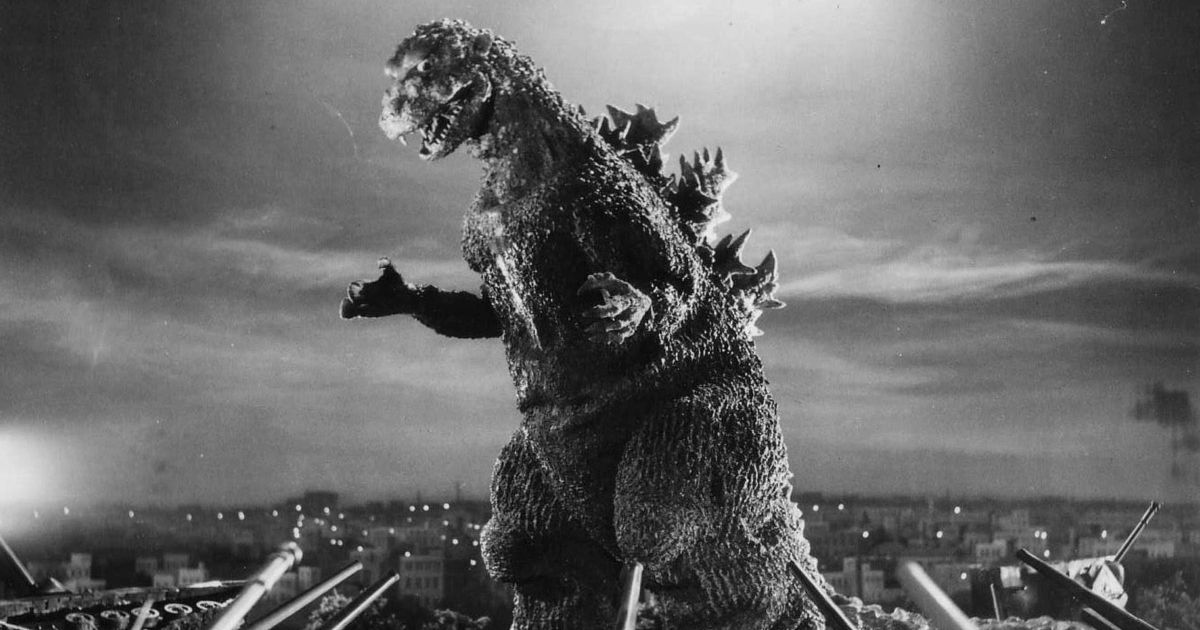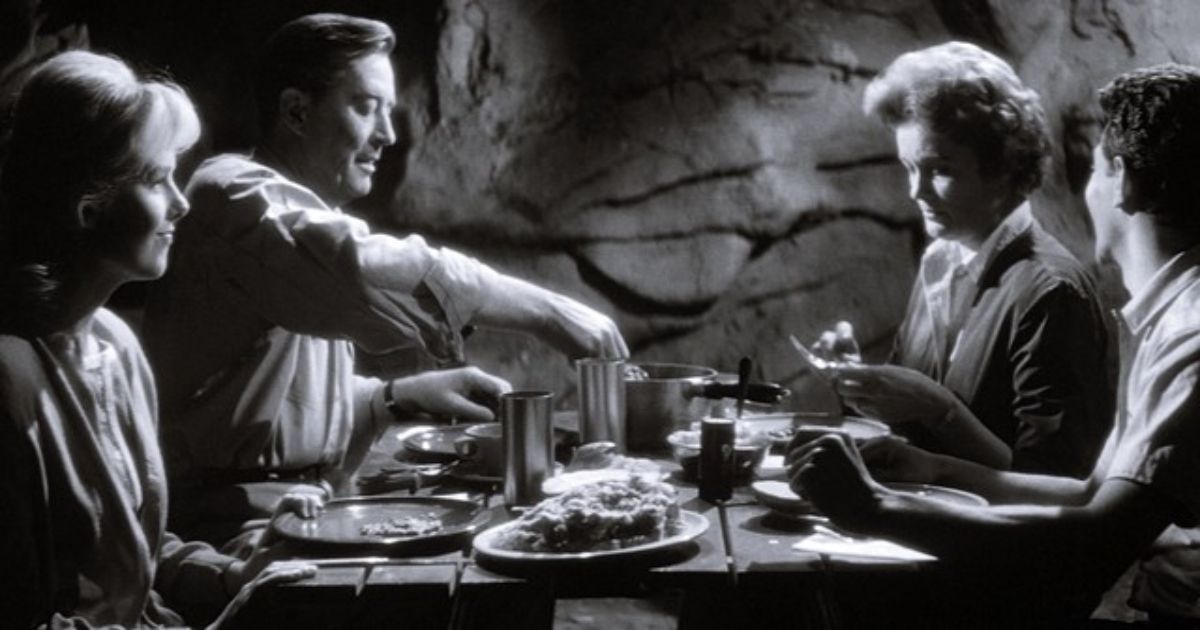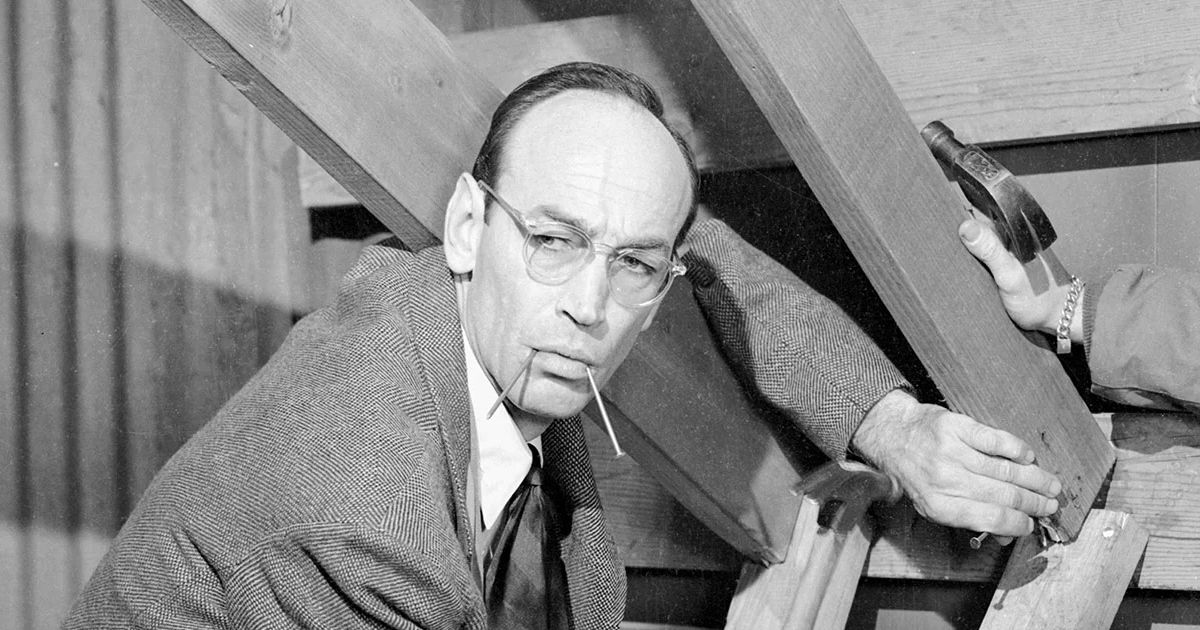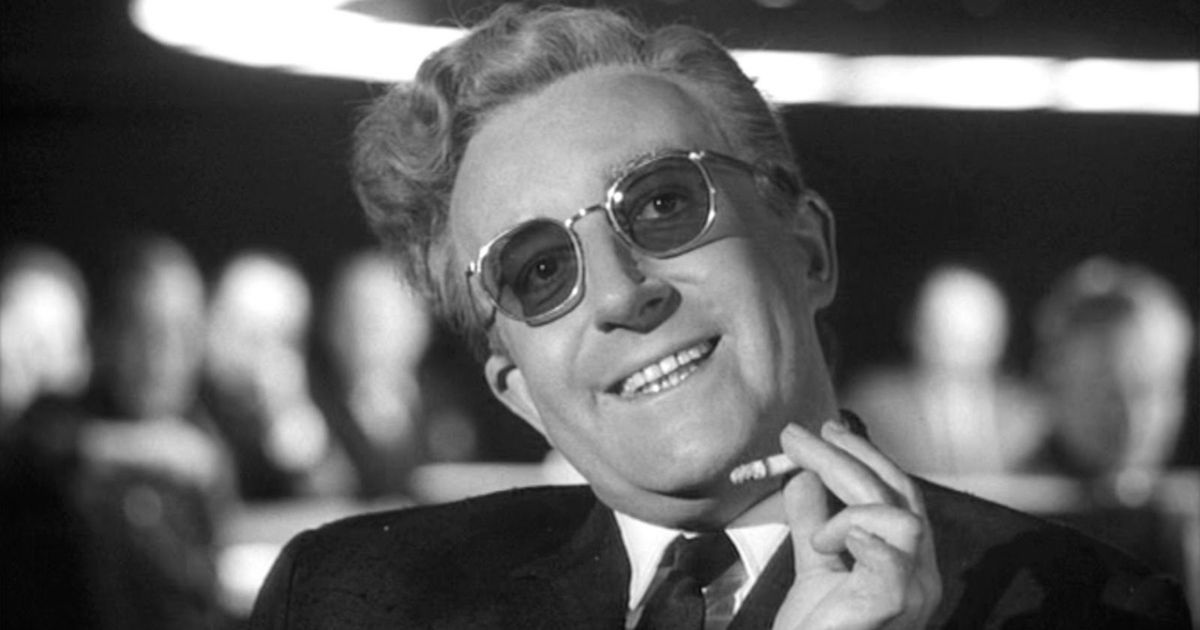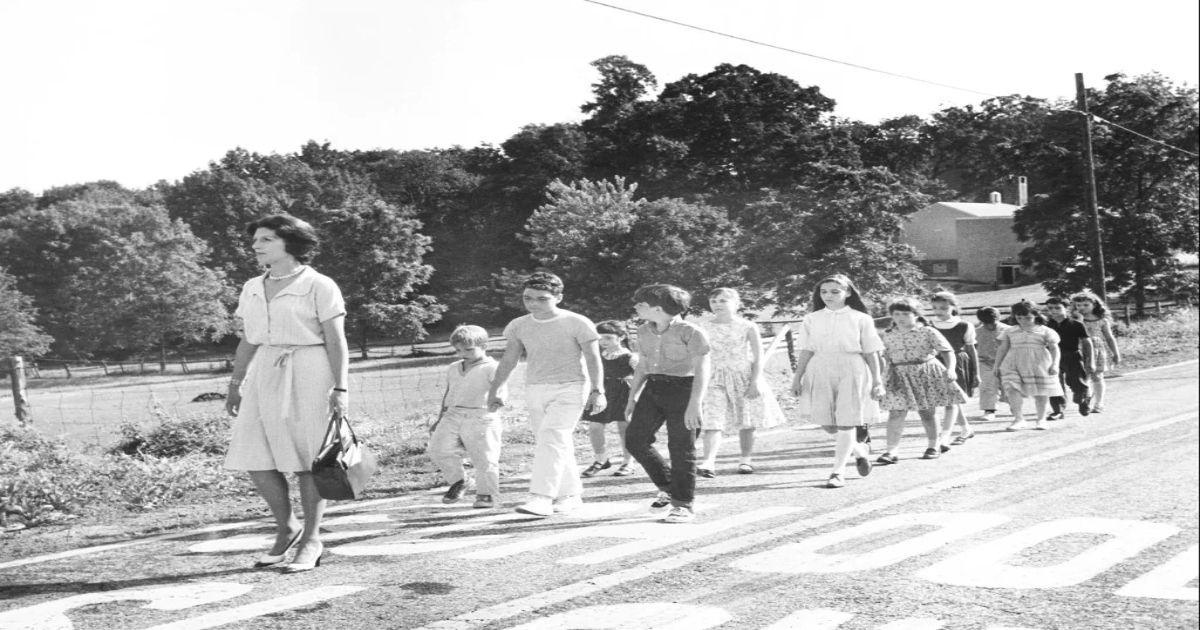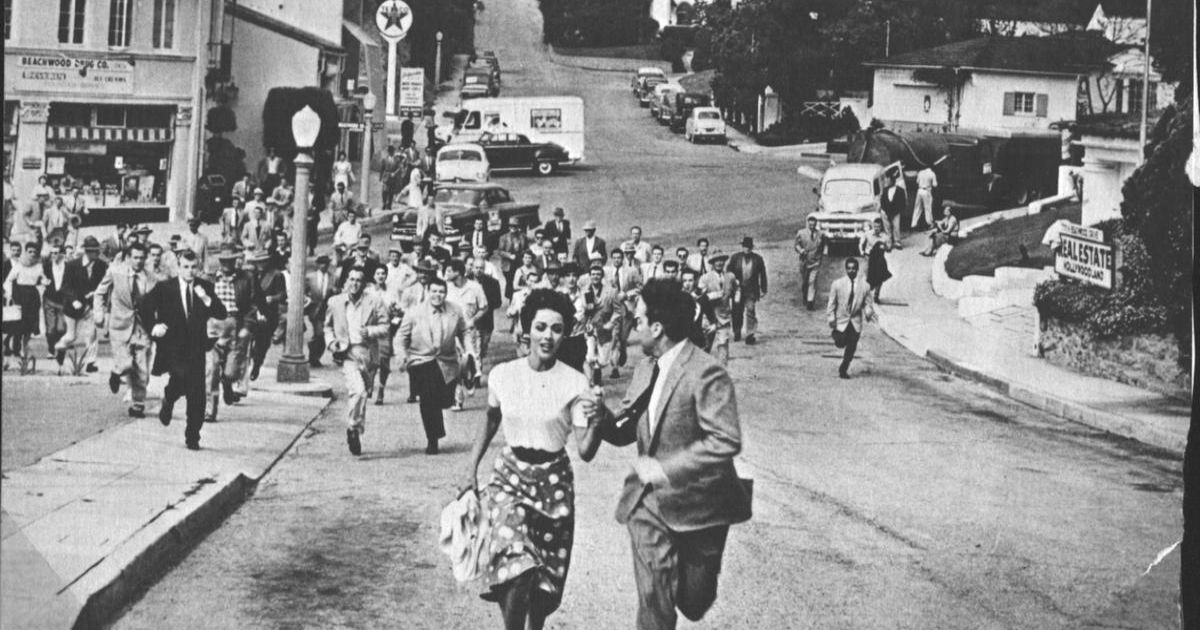Following the end of World War II, the United States and the Soviet Union became locked in a struggle for global supremacy known as the Cold War. This conflict saw both nations stockpiling nuclear weapons and engaging in a series of proxy wars around the world. In addition to its political and military implications, the Cold War also profoundly affected American culture, particularly in the realm of film.
During the 1950s and 1960s, Hollywood produced a number of Cold War-themed horror movies that reflected the paranoia and anxiety of the time period. These films often featured alien invasions, nuclear disasters, and other catastrophic events that served as metaphors for the dangers of the Cold War.
Here are 12 of the best Cold War horror movies of the 1950s and 1960s:
12 13 Frightened Girls! (1963)
This thriller-comedy is a campy take on the Cold War paranoia that was pervasive in the early 1960s. Sometimes referred to as The Candy Web, the plot revolves around a group of girls at a Swiss boarding school. The students are all related to diplomats from various countries, making the school a microcosm of the Cold War itself. When the American ambassador's daughter, Candy, gets herself involved with an intelligence agent, she uncovers more than she bargained for.
Though it received mixed reviews upon its release, 13 Frightened Girls! has since become a cult classic. It's an entertaining example of Cold War-era pop culture and a must-watch for fans of '60s cinema.
11 The War of the Worlds (1953)
This classic science fiction film, based on the novel by H.G. Wells, is set in southern California during an alien invasion. What is originally thought to be a meteorite crash ends up being the first wave of an all-out attack by extraterrestrial beings.
Director Byron Haskin eschews the then-popular Atomic Age aesthetic in favor of a more realistic approach, which makes the film all the more harrowing. This added realism, combined with some truly impressive special effects for the time, makes The War of the Worlds one of the most recognizable Cold War horror films of the 1950s.
10 The Lost Missile (1958)
The Lost Missile is another science fiction entry that strives for realism, and the results are pretty effective. There is a heavy focus on stock military footage, which gives the film an eerily prescient feeling in hindsight. The documentary feel of the movie helps sustain the somewhat weak plot, which tells of an otherworldly missile orbiting earth after mysteriously going off course. Although the consensus is that The Lost Missile is lacking in some areas, its use of real-world footage and Cold War paranoia makes it an interesting watch.
9 The Day the Earth Stood Still (1951)
This science fiction classic is one of the most well-regarded films of the genre and maintains a place in popular culture to this day. The story follows an alien ambassador, Klaatu, who comes to earth with a warning for humanity. He has seen the destruction that war and violence have wrought on other planets, and he wants to prevent Earth from following down the same path.
Although it was made nearly 70 years ago, The Day the Earth Stood Still remains relevant due to its themes of peace and understanding. The film was ahead of its time in many ways, and its pacifist, logical message is just as important today as it was during the early years of the Cold War.
8 Children of the Damned (1964)
This British horror film is introduced as a sequel to The Midwich Cuckoos by John Wyndham and the movie The Village of the Damned. The story follows a group of children from across the world who are born with unusual abilities. The government steps in to study the children, but they soon realize the telepathic forces of these children might be too strong to control.
Children of the Damned is a classic example of Cold War paranoia, as it deals with the government's suspicion of anything that is different or out of the ordinary. It touches on themes of conformity and non-conformity, which were relevant during this time and are still relevant today.
7 This is Not a Test (1962)
This is Not a Test is a low-budget horror film that does an excellent job of creating a feeling of unease and tension between characters. The story follows a group of people who are stopped on a rural road and notified of an incoming nuclear attack. They take shelter in one of the driver's trucks, but the fear and paranoia of the situation quickly lead to conflict.
This is Not a Test is an effective example of human nature under duress. The characters are forced to grapple with their own mortality, and it's clear how law and order can quickly break down in the face of terror.
6 Godzilla
This Japanese classic is one of the most well-known and beloved monster movies of all time. The story follows a giant lizard that emerges from the sea and begins wreaking havoc on Tokyo. The military does everything they can to stop Godzilla, but they are no match for the creature's size and strength.
Godzilla is an excellent example of Cold War paranoia, as it deals with the fear of nuclear warfare. The film was released shortly after the bombing of Hiroshima and Nagasaki, so it was very relevant to the fears of the time. Godzilla remains a pop culture icon, with many sequels and remakes being made over the years.
5 Panic In Year Zero!
This low-budget disaster film follows a family who is on vacation when a nuclear bomb goes off. They must struggle to survive in a post-apocalyptic world, and they quickly realize that the danger is not just from the radiation but also from other people. Survival becomes the main priority, and they must do whatever it takes to stay alive.
Panic In Year Zero! brought forth fears of how disaster can strike anytime, without warning. Viewers were all too familiar with the concept of nuclear warfare, making the film all the more relevant and frightening on its release.
4 The Thing from Another World
The Thing from Another World is a science fiction classic is one of the first films to deal with the fear of aliens. The story follows a group of people who are stationed at an Arctic research facility when they come into contact with an alien. The creature is intelligent and powerful, and it soon becomes clear that the humans are not safe.
So many successful elements work together to make this an excellent film. Everything comes together perfectly, from the incredible score to the performance of James Arness as 'the Thing'. It is an excellent example of paranoia and xenophobia, and it's clear how easily fear can take over. The film and the short story it's based on (Who Goes There? by John W. Campbell) are timeless examples of sci-fi horror, and led to John Carpenter's masterful remake The Thing.
3 Dr. Strangelove or: How I Learned to Stop Worrying and Love the Bomb
This dark comedy is an iconic film that satirizes the fear of nuclear warfare; while it's less of a horror movie than others on this list, Dr. Strangelove uses creepy black and white cinematography and escalating tension toward a bleak, hopeless ending, and with its subject matter, certainly fits in here. The story follows a group of people who are trying to stop a nuclear attack, but they quickly realize that the situation is out of their control. The film is full of dark humor and innovative use of special effects.
Director Stanley Kubrick masterfully satirizes the fear of nuclear warfare with this film. The energy is sporadic and eclectic, but it all works together to create a truly remarkable film. It's a classic example of how pacing and tone can be used to create a memorable experience.
2 Ladybug Ladybug
A somewhat lesser-known film, Ladybug Ladybug is a dark and foreboding piece that is based on true events. At a small rural school, panic ensues after the nuclear attack warning sounds. Students leave and take refuge in a bomb shelter but end up turning on one of their own. No one knows for sure whether the threat is real, making the tension and dread more intense.
Though a slow build, the depiction of the psychological effects many suffered during the Cold War is incredibly accurate. It's a powerful but reserved film that allows the tension to rise slowly. This is a perfect example of how terror can come from anywhere, even from those you trust.
1 Invasion of the Body Snatchers
If there's a film that exemplifies Cold War paranoia, it's Invasion of the Body Snatchers. The story follows a group of people who are slowly replaced by emotionless clones. The film is a metaphor for the fear of communism, as the clones represent the loss of individuality and freedom.
Invasion of the Body Snatchers is one of the most well-regarded science fiction films of all time, and its metaphor is still relevant today. The film is a classic example of paranoia and distrust, and it's clear how easily fear can consume people.

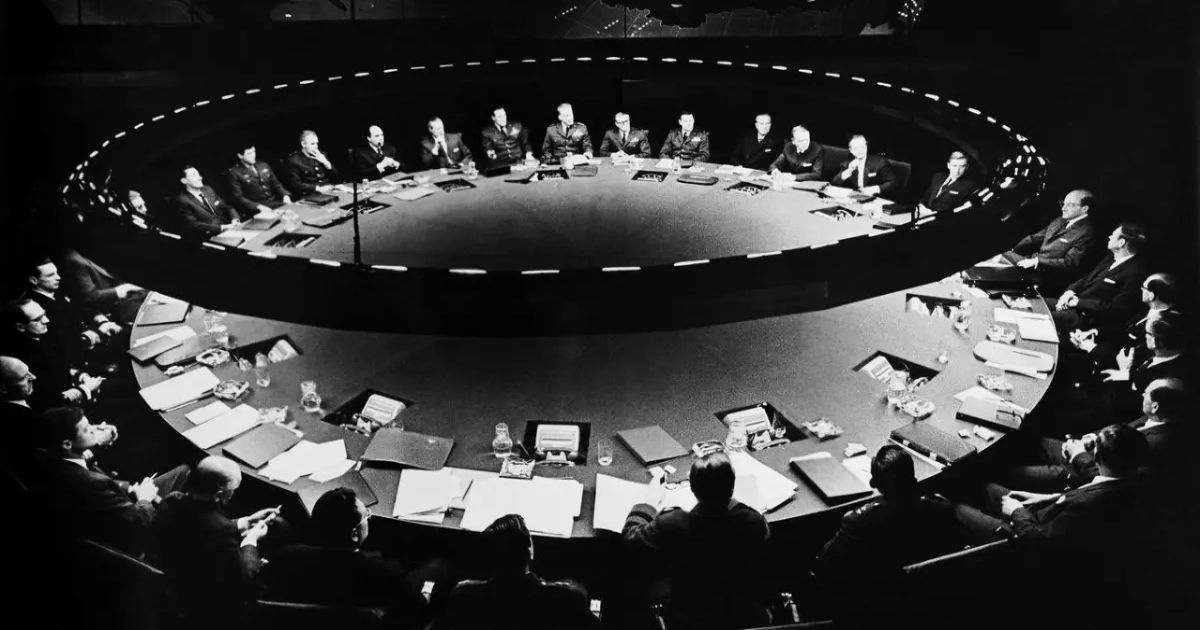
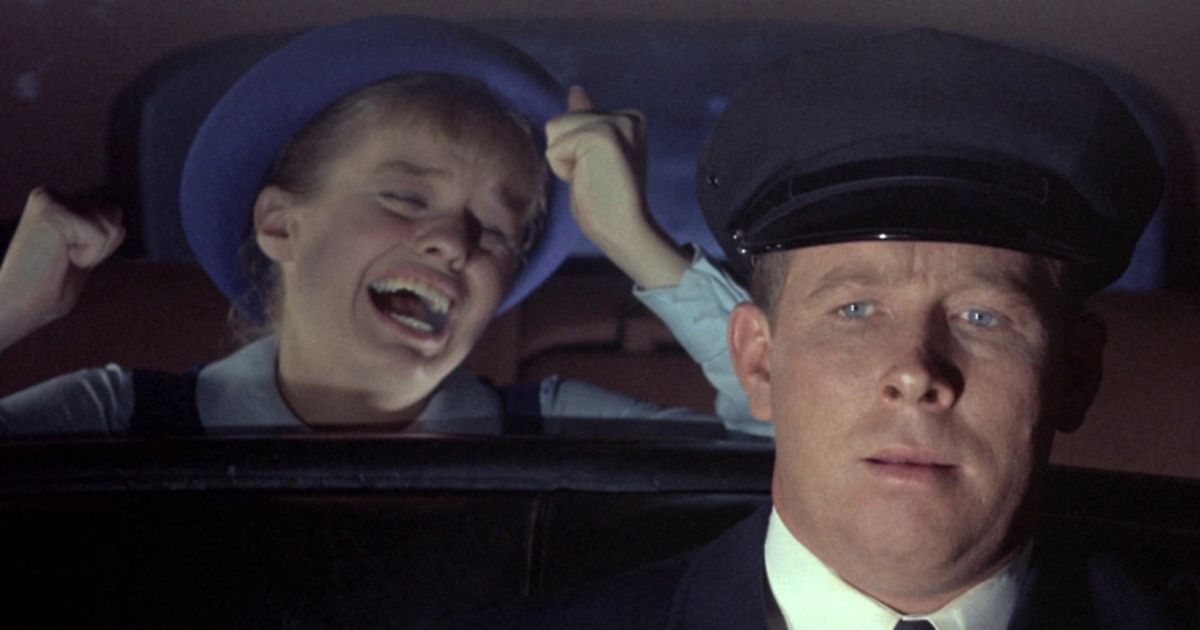
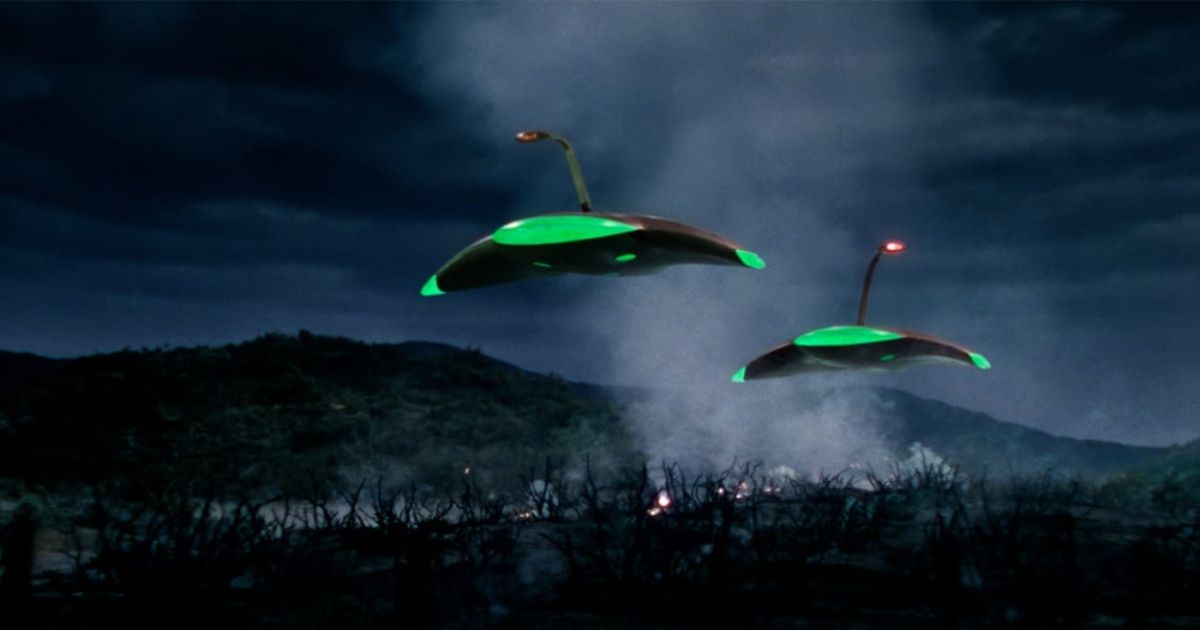
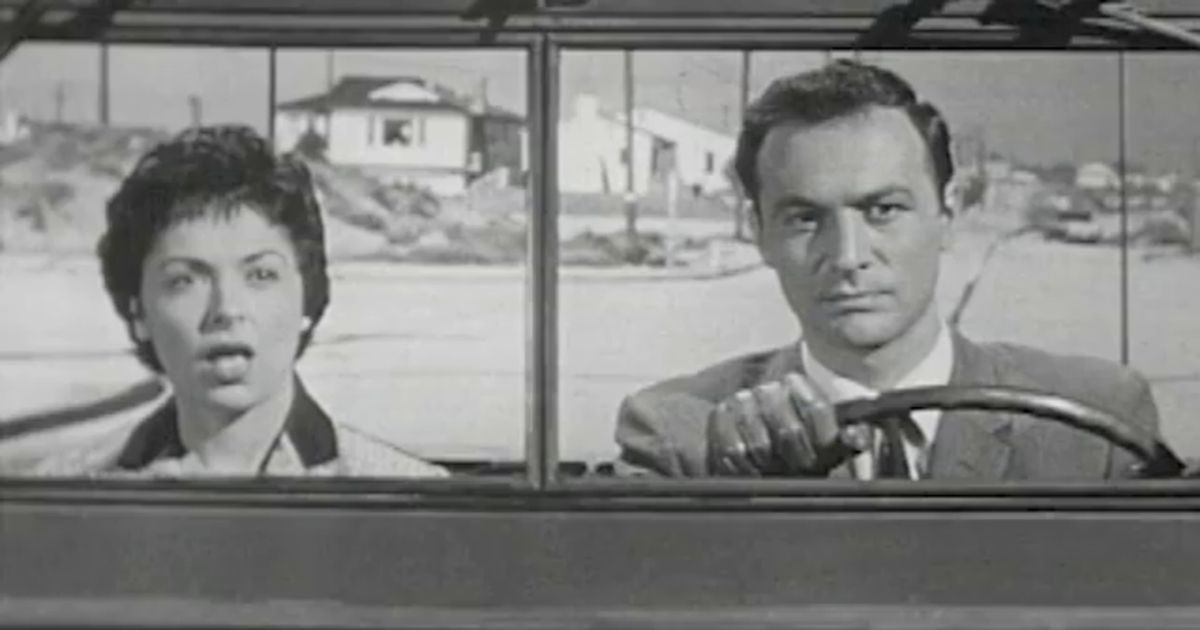
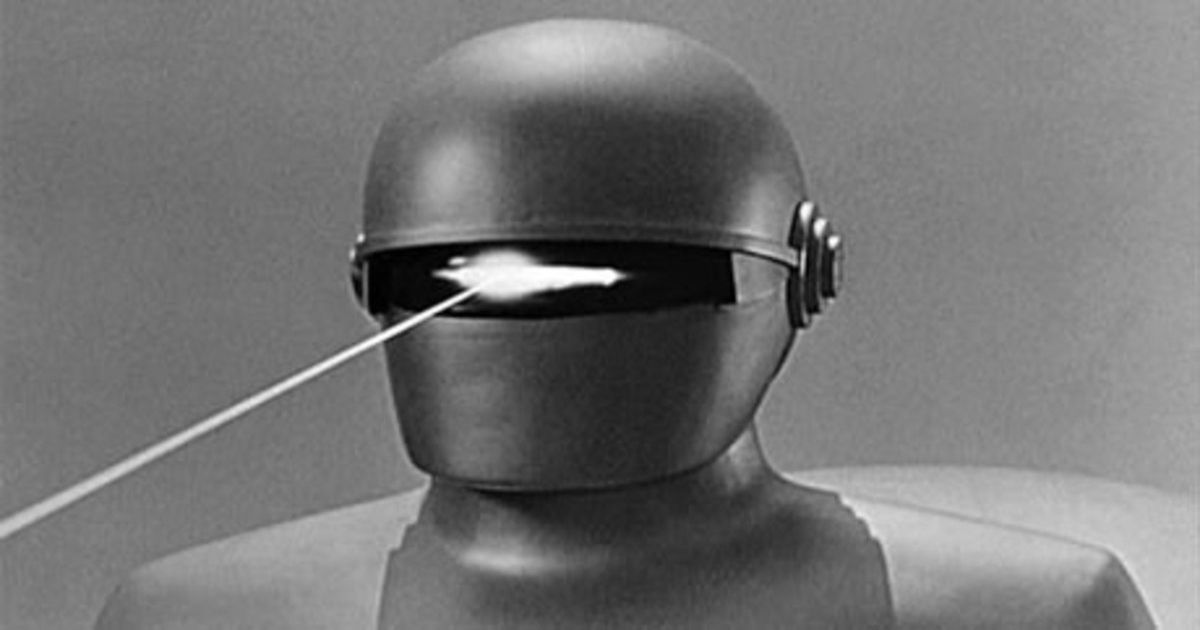
.jpg)
.jpg)
